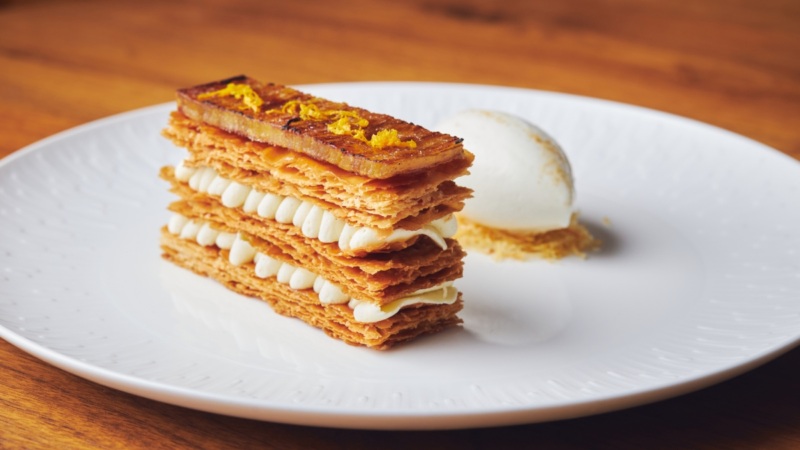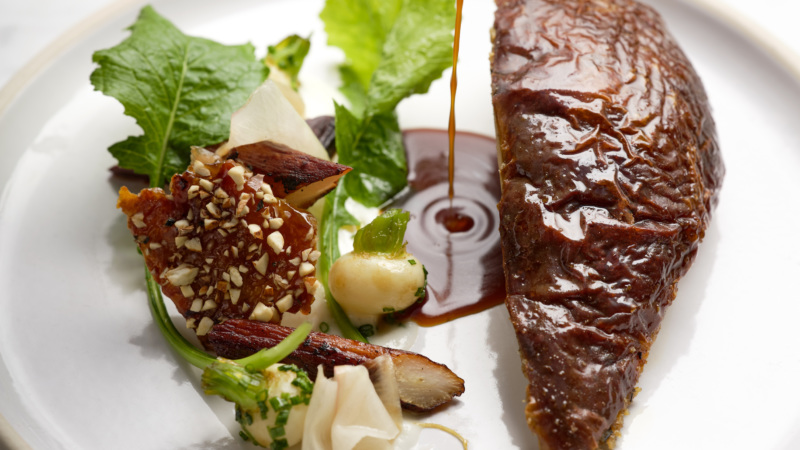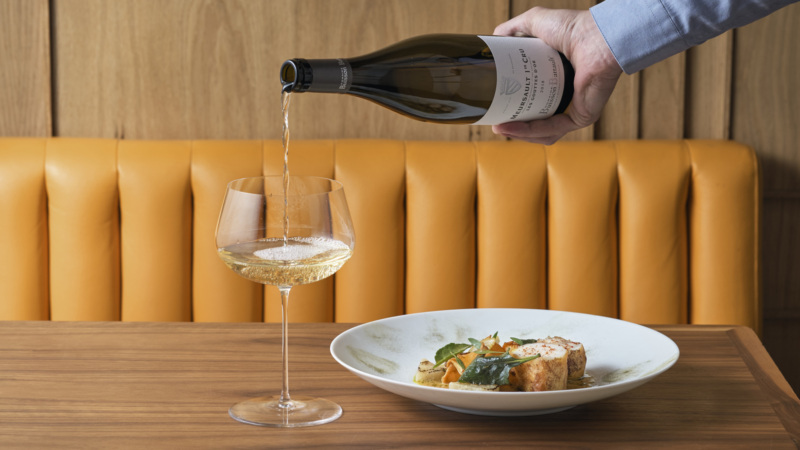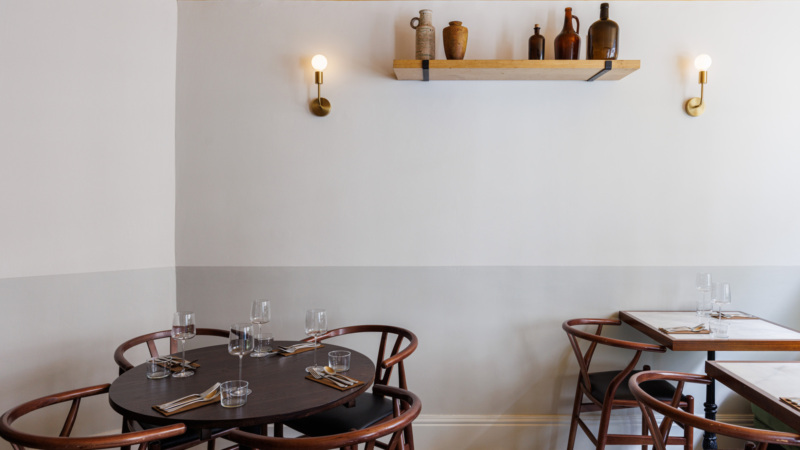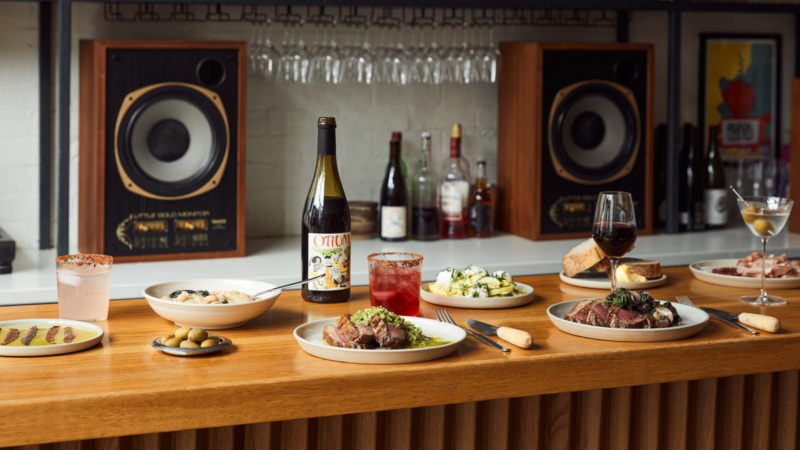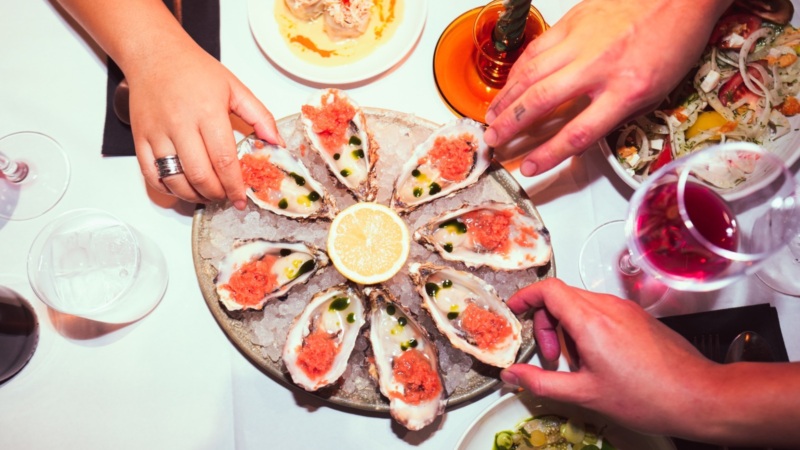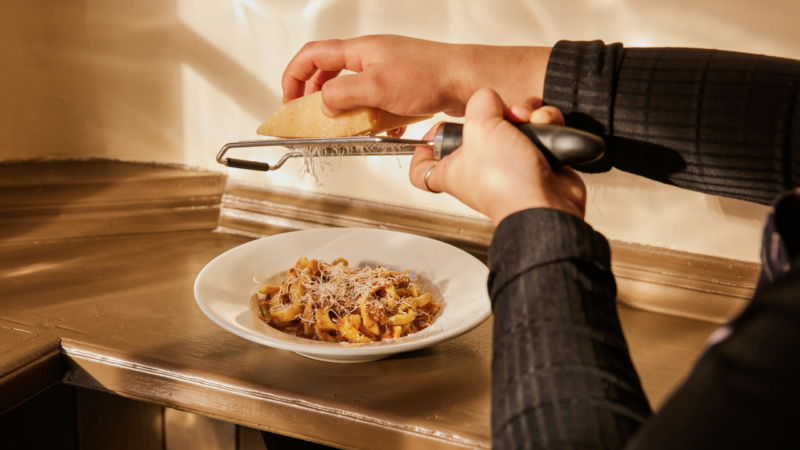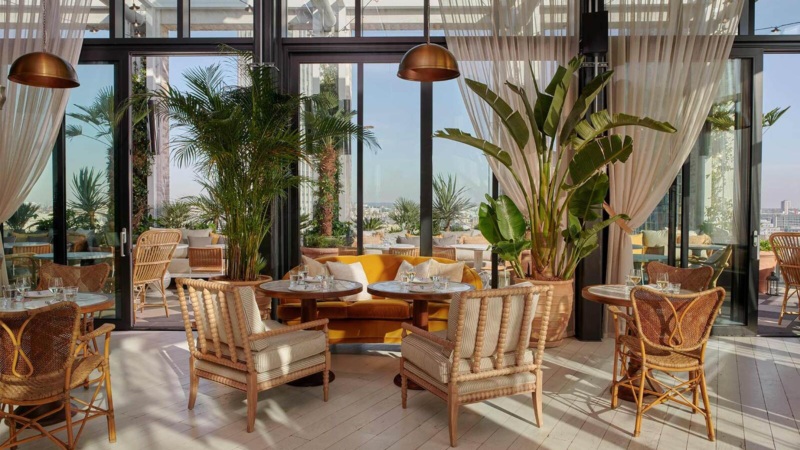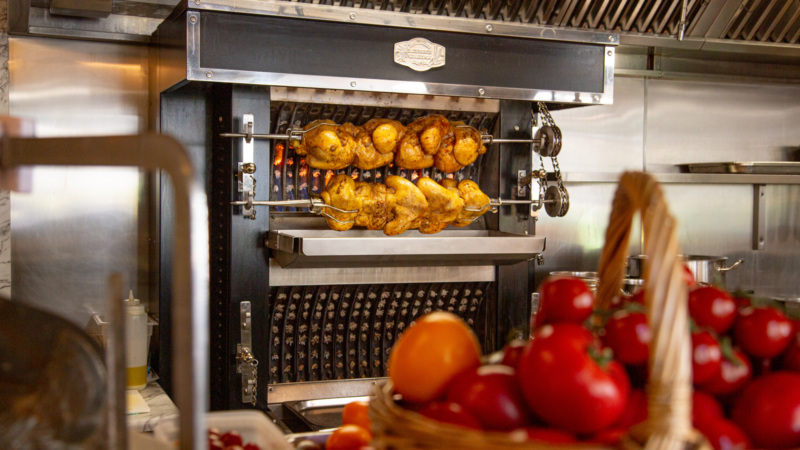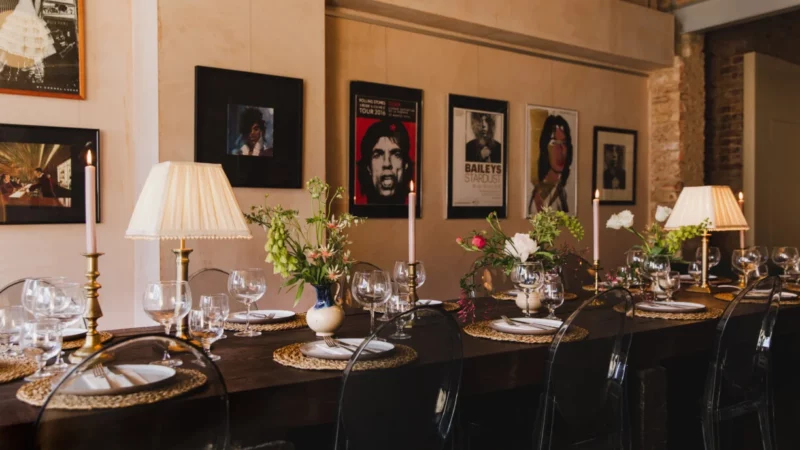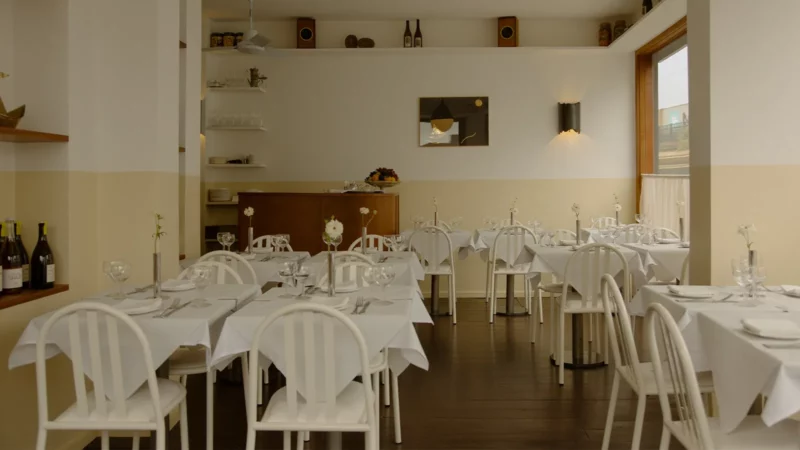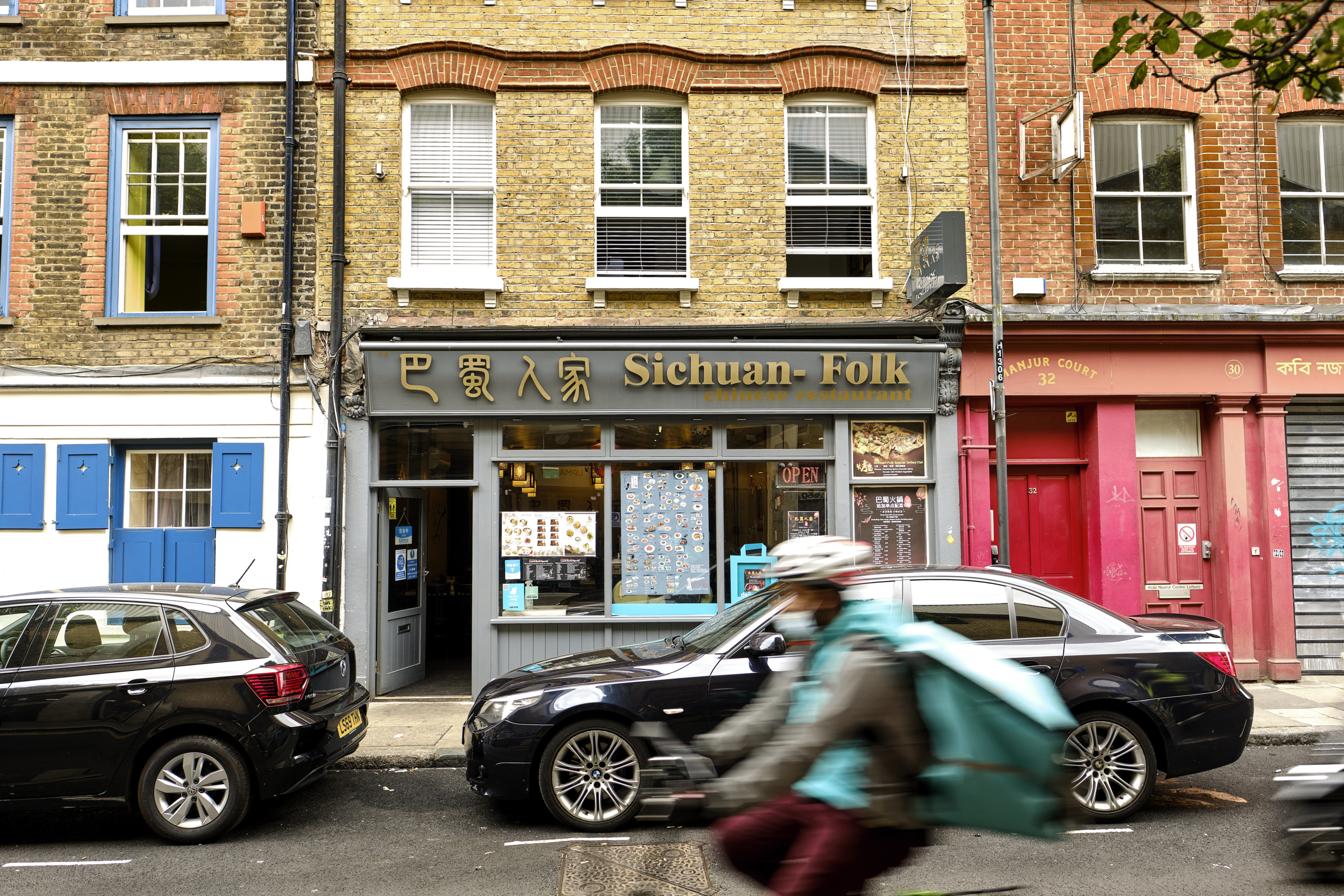
My parents left Hong Kong and came to the UK in the late 1980s in search of a better life. In order for them to survive, they created marketable dishes for their Chinese takeaway that used readily available ingredients in the natural environment they were living in. As with similar Chinese food businesses, that translated to heavily anglicised Cantonese fare adapted to western palates. And so, being a Chinese takeaway kid, I understand where the stereotypes and misconceptions come from, with most Brits associating the cuisine with the bright orange sweet and sour sauces from takeaways and restaurants.
However, this is just part of a much wider picture — and it’s safe to say that Chinese migration has played a central part in changing the UK’s culinary culture.
*****
Looking back, Chinese-owned shops and eateries had begun catering to Chinese sailors and students in London’s Docklands by the late 1800s. The old Limehouse Chinatown was heavily bombed during the Blitz, forcing many of its residents to relocate to then-undesirable areas in Soho and Covent Garden. Like my parents, a new wave of Cantonese immigrants from Hong Kong arrived in the late 1950s up until the late 1980s, and clusters of new Cantonese businesses and communities spread across London around Gerrard Street, plus Bayswater, Queensway, Colindale, Croydon and beyond.
This post-second world war era saw the emergence of a second Chinatown in Soho. Since then, the area around Gerrard and Lisle Street has become a prime location for Chinese businesses, and is now home to more than one hundred bakeries, restaurants, and supermarkets — but things are changing. China’s unstoppable rise to become one of the world’s economic powerhouses has been a driving force that has changed the fabric of Chinese restaurant culture throughout London. Migration isn’t limited to the Cantonese south any more; China’s growing middle and upper-classes are exploring the world and arriving in London en masse, bending entire global industries as they go and fueling demand for goods and services from home.
Attracting a younger generation to neighbourhoods like Aldgate, Hackney, Holborn, Lambeth and Victoria, the past two decades have seen a huge influx of investment from mainland China, and the number of traditionally-run family-owned Cantonese restaurants are dwindling, making way for more specialist, regional Chinese and pan-Asian businesses in a bid to appeal to this newer demographic, as well as attracting a broader spectrum of customers.
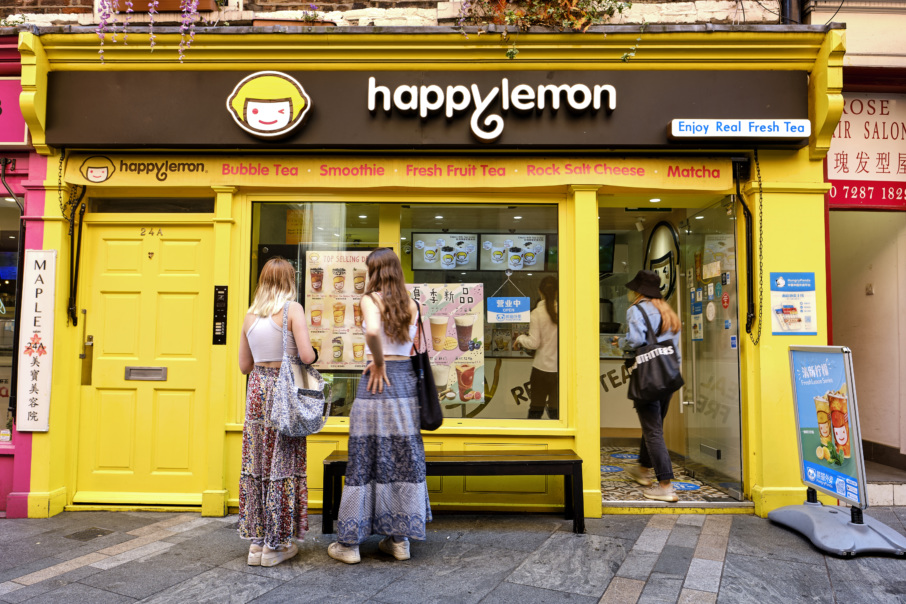
This diversification is reshaping London’s restaurant landscape. Newer concepts such as street food stalls, bubble tea parlours, dessert bars and hotpot restaurants have conquered Chinatown and neighbouring Chinese areas, with streamlined offerings requiring a smaller and less skilled staff giving these businesses a competitive edge.
On the flip side, older Cantonese establishments have struggled. Thanks to tighter immigration rules, there are major labour shortage issues and a lack of skilled wok chefs from Hong Kong and China available. On top of that, the Chinese community — especially in Chinatown — has long been aggressively targeted with immigration raids from the council, and has suffered from racist attacks as a result of the pandemic, adding further insult to injury.
Modern, newer Chinese restaurants come with more focused, contemporary menus that highlight the scope of Chinese food by focusing on a particular area of this vast country, mirroring trends in megacities like Chongqing and Shanghai. Opening up to different regions of Chinese cooking, from chilli-loving province Hunan to Shaanxi street food, the UK’s Chinese food renaissance rolls on unabated.
Aldgate and Spitalfields: The new communities
Since the early noughties, Brits have established a taste for bold, spicy specialities from Sichuan, Hunan and Guizhou. Manchester and Leeds were ahead of the curve with Red Chilli restaurant, and London followed with openings like Bashan (now Baozi Inn) and Barshu, both of which consulted food writer and Chinese cuisine expert Fuchsia Dunlop, who herself helped bring the fiery flavours of Sichuan to a wider national audience.
Sichuan-born Xiaoxiao Wang, owner of Noodle & Beer restaurant in Spitalfields, opened just months prior to lockdown. His menu revolves around Chongqing Xiaomian – a bowl of highly seasoned, often spicy noodles, both with or without soup. “We deliberately chose this area because it’s located amongst numerous universities and offices, but ever since the outbreak of COVID-19 started, many of the overseas students already fled back to their home countries. Consequently, we lost some core customers,” he explains. “It’s been well-received since we’ve been opened, but we’re not in a rush to reopen. Summer is a quiet time for restaurants around that area as students are on summer holidays and workers are working from home.”

Besides Noodle & Beer, there’s been a slew of new Chinese restaurant openings in the Aldgate and Liverpool Street area in the last couple of years, including the likes of Chew Fun, Lucky Dog and Fen Noodles. The year-on-year growth of Chinese international students — more than 120,000 students now study in the UK — now means that one in every three non-EU students is from China. According to Visit Britain, a record number of more than 321,000 Chinese tourists came to the country and spent £553 million from January to September 2019. After months of coronavirus lockdown, global tourism has been hit hard as Chinese visitors stay home. They’re keen to move around but not across borders, which will significantly impact British businesses and see a significant drop in areas that depend heavily on Chinese tourism.
“My main clientele are business workers and mainland Chinese students, but it’s a scary time to be in hospitality right now,” Chao Zhang says, owner of the popular Xi’an Biang Biang Noodles in Aldgate. Zhang owns a mini Shaanxi and Sichuan restaurant empire in London, with a portfolio that also includes Sichuan Chef in Earl’s Court, cult favourite Xi’an Impression opposite the Emirates stadium, and a new opening that’s currently on hold because of the pandemic.
“With overseas students thinking it’s safer in Asia than it is here in the UK, and no real time frame of when people can return to their offices – it’s all up in the air,” he explains. “I’m lucky in a sense that I’ve built up a great reputation with loyal returning customers and I’m faring much better than businesses in Chinatown who’ve been hit harder by the pandemic.”
Holborn: An international student boom
Likewise, styles such as the less well-known Muslim Chinese Uyghur cuisine from the northwestern Xinjiang province, the hearty sweet-sour dishes of the northeastern Dongbei region, and spicy flavours of northwest Shaanxi province have been on a steady rise and pushed into the popular consciousness to varying degrees. In 2014, Bin Li opened London’s first Xi’an restaurant Murger Han in Euston, followed by a second branch in Mayfair.
“My friends thought I was crazy because I wanted to serve traditional street food and it’s the type of food that’s not usually served in a restaurant,” he says. “I am really proud to see that we have regular western customers who love the authentic taste of my hometown.”
Like Aldgate and Spitalfields, the Holborn area has soared in popularity, accommodating recent Chinese visiting the UK and a similar boom in international students looking for a taste of home. With arrivals coming from across the country from Beijing to Hangzhou, it’s no longer limited to southern regions like Hong Kong, Guangzhou and Shenzhen, which means that Chinese restaurateurs no longer need to adapt because the Cantonese had already paved the way.

“We rely on passing trade from nearby landmarks like the British Museum and surrounding schools and universities,” Steve Xiang explains, owner of Hunan-style restaurant Rice Coming in Holborn and Chinatown. “Business was good before the pandemic happened. We had deals with Chinese tour operators to include us as a pit stop and to serve the lunchtime student crowd, but to break even now we’ve had to close Chinatown branch and keep Holborn running as a takeaway.”
Not all that have opened have been a success. A handful of Fujianese cafes have come and gone, and Sichuan concepts that couldn’t compete have shuttered. Bin Bin Q Barbecue, Li’s other Xi’an supermarket-cum-restaurant, has suffered badly since opening in 2018. “Because of the Crossrail developments, we thought we should start looking for new premises in Euston. There are so many things that have been against me such as landlords, councils, staffing issues,” he sighs. “We thought of trying something different like Chinese barbecue. We started with no customers, this slowly increased, and then coronavirus didn’t really change much for our restaurant; we just went back to no customers.”
Docklands: The original Chinatown returns?
Back in Chinatown, competition is fierce from other neighbourhoods and global capital investments from China, Russia, the Gulf and elsewhere. Compounding this, rising land values in Central and West London, plus landlords claiming rent money for the months that restaurants, cafes and bakeries couldn’t operate during the coronavirus lockdown, mean that, despite early signs of recovery, the odds are stacked against Chinese businesses in the area being able to bounce back.
The Chinatown we once knew might be on its last legs, but that doesn’t mean it’s dead. Far from the red lanterns and zephyrs of roast meat hanging in restaurant windows on Gerrard Street, the new architectures of Chinese London are visibly changing the city skyline. Notably, there’s been huge investment and development poured into the Docklands area. Whether it’s the billion pound business park at the Royal Albert Dock financed by Chinese investors or Shanghai-based Greenland Group planning to build Spire London — western Europe’s tallest block of flats — the potential for the site of the original Chinatown to come full circle is there.
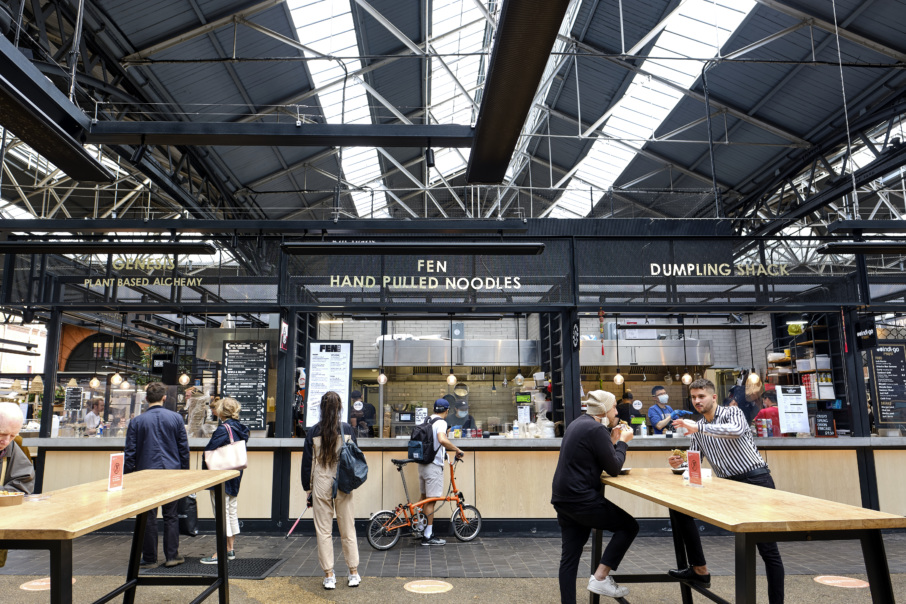
Menh Hua, owner of family-owned pan-Asian restaurant Noodle Street in nearby West India Docks, took over his father’s business in 2010: “Big property developers are taking over the area and buying everything up. High rise buildings as far as the eye can see, but if anything, I’m not worried. It’ll lead to residential property, getting people to move into the area and potentially bringing in more trade.”
A stone’s throw from the financial district of Canary Wharf, West India Docks caters to long-time locals and wealthy bank workers. But despite this proximity to wealth, the borough of Tower Hamlets is still one of the UK’s most deprived areas and life expectancy here is lower than in any of any of the capital’s 31 other boroughs. Back in the day, this wasn’t always the case.
Hua’s father, who was also in the catering business, previously owned the world renowned Old Friends restaurant on Mandarin Street near Royal Albert Dock, which was once the centre of London’s immigrant Chinese community. Nowadays, there’s little left of the maze of alleyways, Chinese cafés and grocers that once made up the old Chinatown from the 1880s to the 1930s, but future investments in the area could spell a complete U-turn. And who knows? Chinatown might be coming back to its original east London home.


